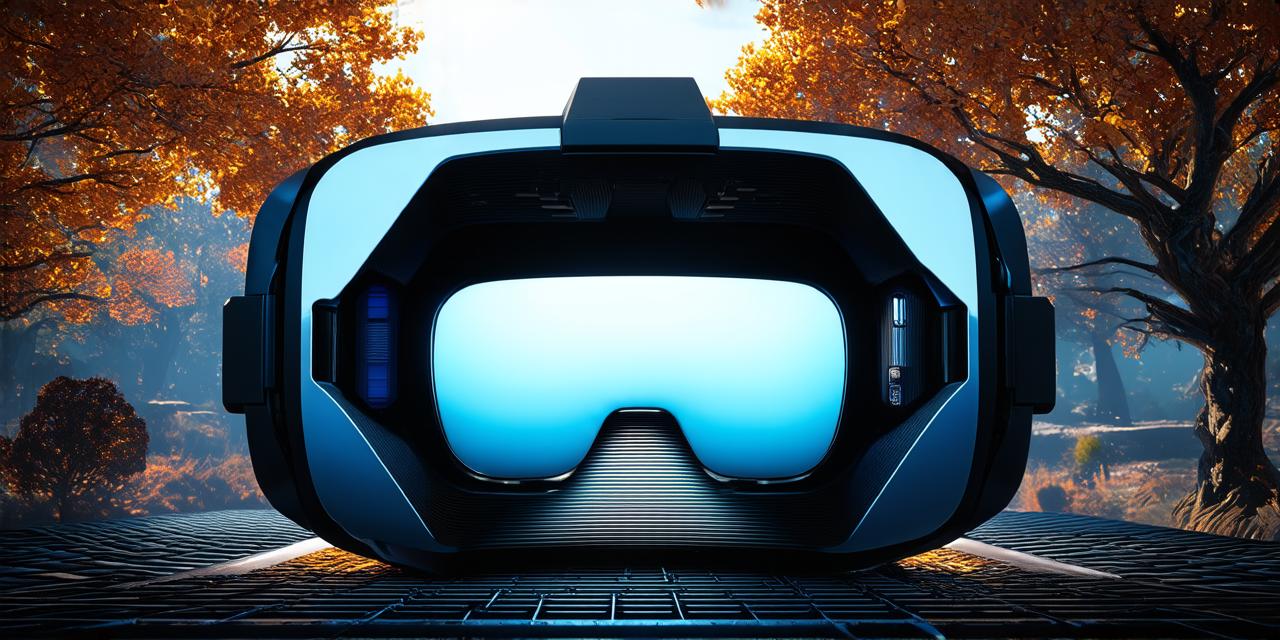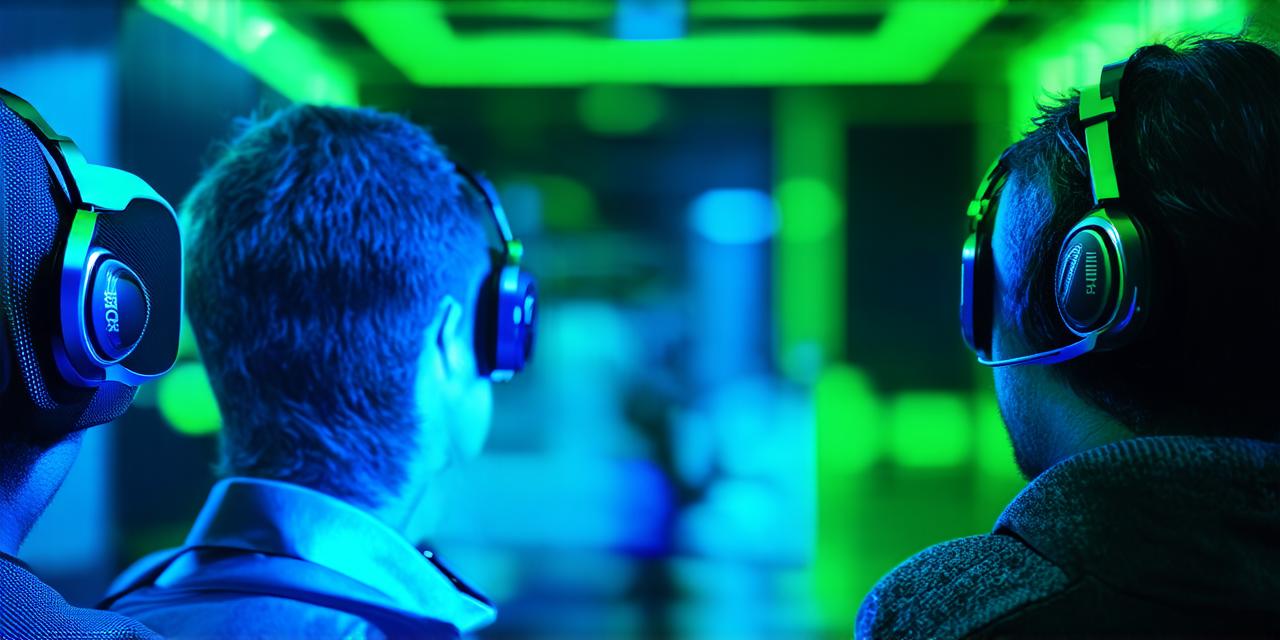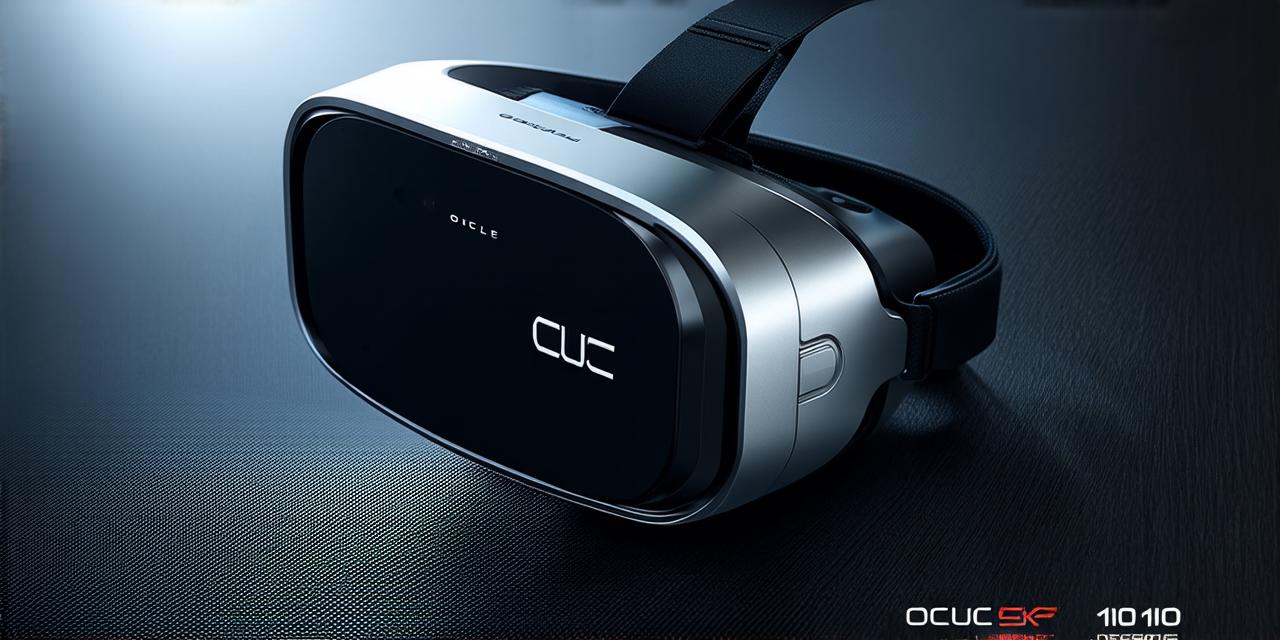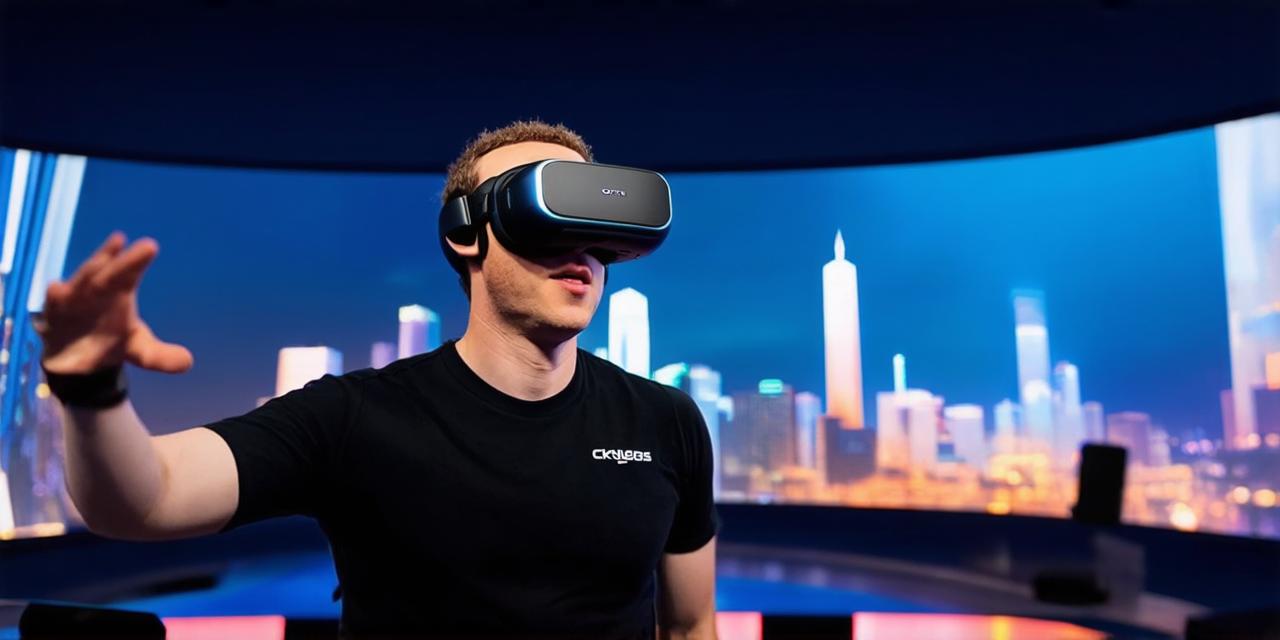Understanding Virtual Reality
Before diving into the limitations of VR, it is important to understand what virtual reality is and how it works. VR is a computer-generated simulation that creates an immersive experience for the user. It typically involves wearing a headset or goggles with sensors that track eye movement, as well as sensors on the body that track motion. This technology allows users to feel like they are in a different environment, and often feels very realistic.
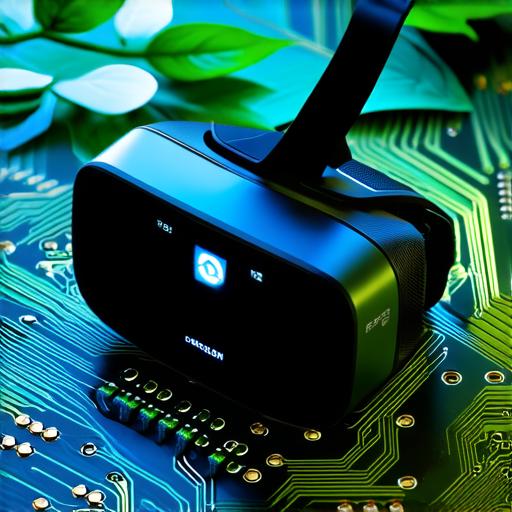
Limitations of Virtual Reality
One of the most obvious limitations of VR is its inability to replicate real-life experiences perfectly. While VR technology has come a long way, it still can’t fully simulate the world around us. For example, VR may not be able to accurately replicate the way light behaves or how objects interact with each other in the physical world. These limitations can make certain experiences feel less realistic and immersive.
Another limitation of VR is its cost. The technology required to create high-quality VR experiences can be expensive, making it difficult for some companies to justify the investment. This can limit the number of VR experiences that are available, as well as the potential market for these experiences. For example, VR headsets and other equipment can cost upwards of $1000 each, which is a significant barrier to entry for many individuals or small businesses.
Privacy concerns are also a factor in the limitations of VR. Because VR requires users to wear sensors and other tracking devices, there is a risk that sensitive data could be collected without the user’s knowledge or consent. This has led some people to question whether VR technology should be developed with privacy in mind. For example, VR headsets may collect data about where the user goes and what they see, which could potentially be used for targeted advertising or other purposes without the user’s knowledge or consent.
The Future of Virtual Reality
Despite these limitations, the future of virtual reality looks promising. As technology continues to advance, we can expect VR experiences to become more immersive and realistic. However, it’s important to remember that these advancements will come with their own set of challenges and limitations. For example, as VR technology becomes more advanced, it may require even more powerful hardware to run smoothly, which could increase the cost of VR equipment.
One potential solution to some of the limitations of VR is to combine it with other technologies, such as augmented reality (AR) or artificial intelligence (AI). For example, by using AI to generate more realistic lighting effects, VR experiences could become even more immersive. Similarly, by combining VR with AR, users could interact with virtual objects in the physical world in new and exciting ways. For instance, a user could use an AR app to see a virtual object in their real-world environment and then put on a VR headset to explore it in more detail.
Case Studies and Personal Experiences
There are many examples of how the limitations of VR have impacted real-world experiences. One such example is the use of VR in healthcare. While VR technology has shown promise in treating conditions like PTSD, phobias, and chronic pain, it’s still not clear how effective these treatments will be in the long term. Additionally, the high cost of VR technology could make it difficult for some hospitals to justify investing in this technology.
In education, VR has been used to create immersive learning experiences that can help students visualize complex concepts. However, the limitations of VR technology mean that these experiences may not be as effective as traditional teaching methods for all students. Additionally, the high cost of VR equipment could make it difficult for schools to implement this technology on a large scale.
In entertainment, VR has been used to create immersive gaming experiences that allow players to feel like they are part of the game world. However, these experiences can also have limitations. For example, VR games may require more powerful hardware than traditional console or PC games, which could limit their accessibility to some users. Additionally, the lack of physical interaction with other players or game elements could make VR games feel less engaging for some users.
Conclusion
Virtual reality technology has come a long way, but there are still limits to what’s possible within this immersive world. As VR technology continues to advance, we can expect new challenges and limitations to arise. However, with careful consideration of these issues and by combining VR with other technologies, the future of virtual reality looks bright. Whether it’s in healthcare, education, or entertainment, VR has the potential to revolutionize the way we experience the world around us. So let’s embrace the limits of virtual reality and explore what’s truly possible in this exciting new world.
